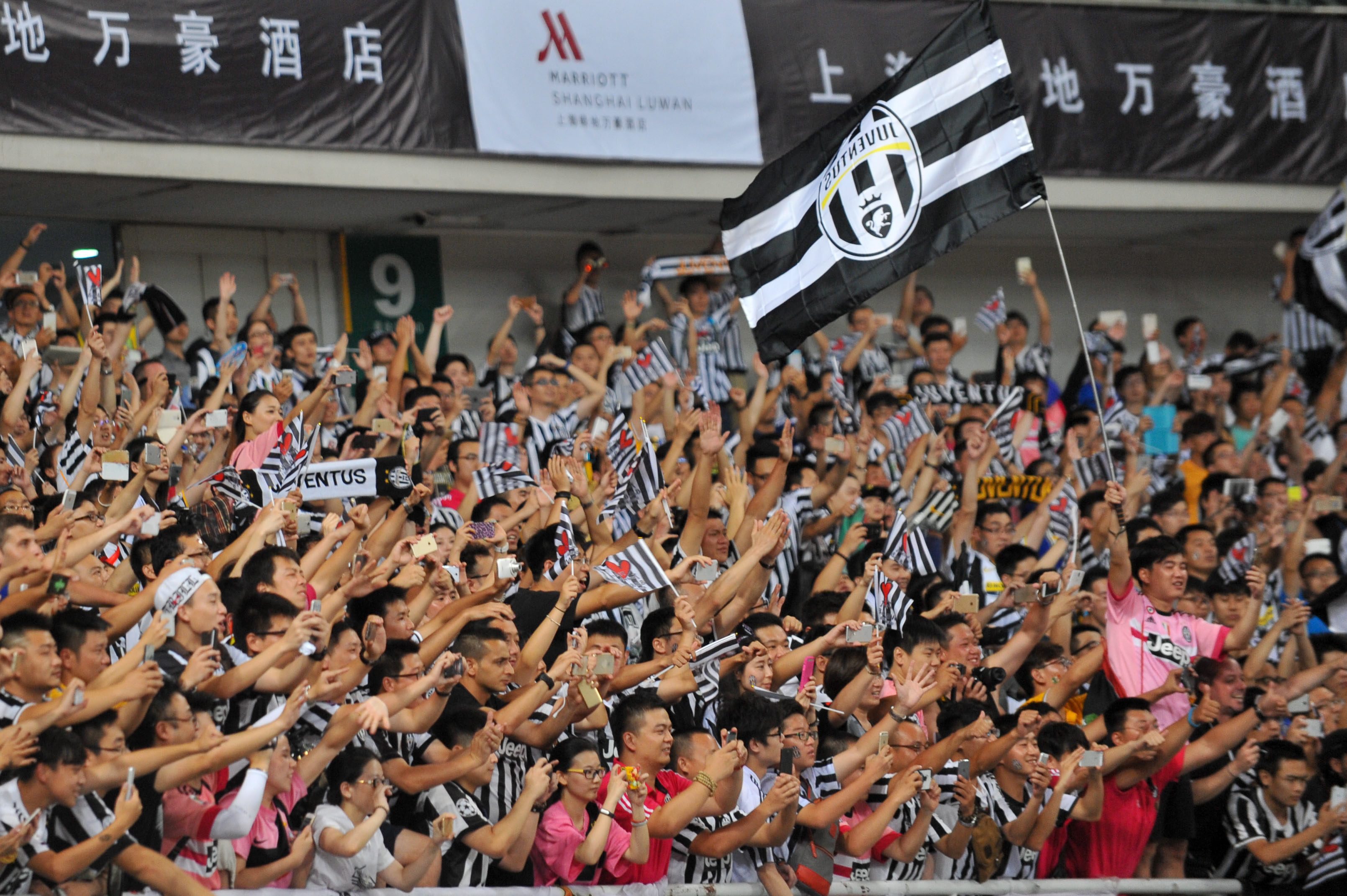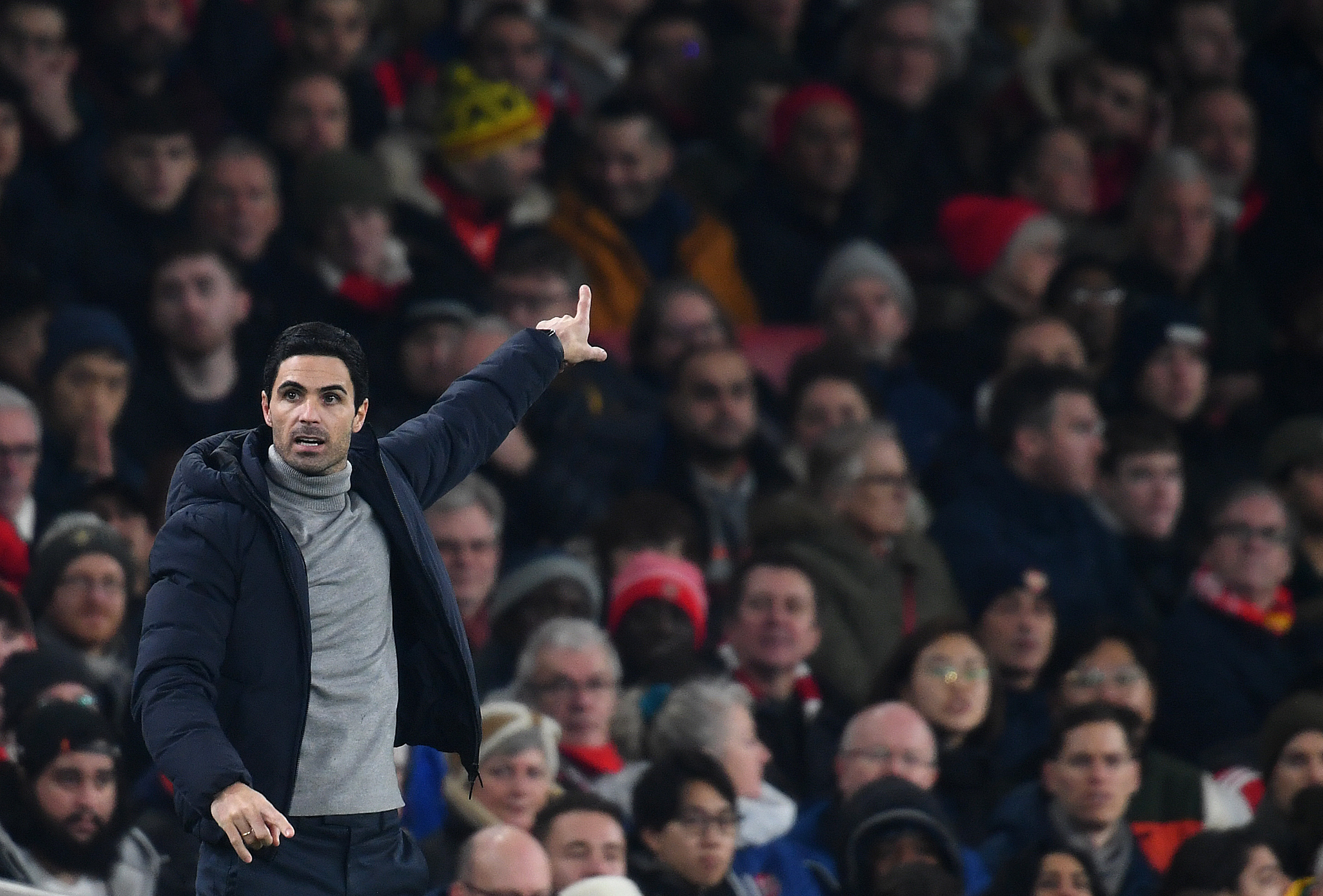Click here to read other articles in Legends Of Indian Football series.
“At this moment of my life I am proud to confess and say it at the top of my voice that the honor that had come to my lot as a footballer of the Mohun Bagan Club would have been impossible anywhere else in any other sphere for an ordinary man like me.” – Gostha Pal
Gostha Pal, one of the most famous players in Indian football history and a Mohun Bagan legend, was discovered in a curious manner. The year was 1911 and football fraternity in Calcutta was following the exploits of Mohun Bagan in IFA Shield. Before their semi-final match, Kalicharan Mitra popularly known as “Kali Mittir” came to Kumartuli Park in North Calcutta to watch some teenagers practice the game. Mitra, was a one of the only two Indian members in All English governing body of IFA. He was also an official with the Sovabazar Club and a close associate to Nagendra Pradad Sarbadhichary during latter’s quest to spread football in Bengal.
On that rain soaked day of July in 1911, a young boy caught Mitra’s attention. He was impressed by the boy’s stout physique and his fearless playing style. Mitra called him and asked his name – “Gostha Pal” replied the boy. Mitra decided that he would take the boy to meet Dukhiram Mazumdar, a noted football expert and Aryan club official. The rest, as they say, is history.
Early Life
Born on 20th August, 1896 in Faridpur (present Bangladesh) Gostha Pal started his football career in Kumartuli club in 1907, when he was just eleven. His talent eventually took him to the famous Green and Maroon side of Calcutta. Rajen Sengupta, one of the stewards of 1911 Shield win and Major Sailen Bose, an influential Bagan official helped Pal to join Mohun Bagan in 1913 – two years after the club’s historic Shield triumph. Playing as a right-back Gostha Pal teamed up with legendary Bhuti Sukul, Habul Sarkar and Nilmadhab Bhattacharya from the Shield winning team.
As a defender, Gostha Pal was unmatched in that era. Not only was he strong and physically daunting, but also possessed a keen eye to read the game properly. He was famous for his no-holds barred tackles and thumping long balls, despite playing barefeet. Pal’s debut in 1913 was hardly encouraging, as he struggled to cope with the booted Dalhousie FC players on a muddy ground. The Calcutta crowd, always critical of its players, came down heavily on the 17-year old player. Gostha Pal thought that his career in a big club was over even before it started. However, under the patient tutelage of Bhuti Sukul, Gostha Pal soon found his feet – dishing out a superlative performance against Black Watch in his second match.
![gostho-paul [C] kolkatafootball](http://www.thehardtackle.com/wp-content/uploads/2011/08/gostho-paul-C-kolkatafootball1.jpg)
Despite having the likes of Gostha Pal and Umapati Kumar in the team, Mohun Bagan didn’t win as many trophies as they should have in that era. The 1911 Shield win had brought a lot of publicity to the club but at the same time, the British overlords were aware of the massive public support this native club was garnering. To prevent the club from getting more fame, the referees, predominantly British at that time would often give dubious decisions against Mohun Bagan. Gostha Pal’s talent however, didn’t go unnoticed.
His defensive prowess brought in hordes of football fans to the green pastures of Calcutta Maidan. “The Chinese Wall” as he was termed by fans would slowly turn into an icon from a good footballer. Gostha Pal was unarguably the first famous defender in Indian football. The most famous players in that era – Shibdas Bhaduri, Chhone Mazumdar (nephew of Dukhiram Mazumdar) or Abhilash Ghosh were all attackers but Pal buckled the trend for the first time.
Leading Mohun Bagan to Glory
In 1914, Mohun Bagan qualified to the first division of Calcutta Football league for the very first time with Gostha Pal in the heart of defence. Mohun Bagan finished as joint winners of the “B” division Calcutta League with Meassurers and got promoted to first division. Bagan and Gostha Pal played the club’s first ever first division match against Calcutta Football Club on 15th May, 1915. That year the Green & Maroons finished 4th in Calcutta Football League, following it up with a creditable runner-up position in 1916. By early 1920s a chunk of players from the Shield winning team had left the club, which made Pal the natural successor to Mohun Bagan captaincy. The “Chinese Wall” was made Mohun Bagan captain in 1921 and retained the arm band with great distinction till 1926. Under his captaincy Mohun Bagan once again came close to winning the Calcutta League but finished runner-up in the end.
In 1923, Mohun Bagan and Gostha Pal had another crack at the IFA Shield trophy – first time since 1911. Sadly, Calcutta FC proved too strong in the final, winning by three clear goals. Same year, Mohun Bagan created history by participating in the prestigious Rovers Cup in Mumbai (then Bombay). The Rovers Cup had played host to army teams till that time and the local crowd was desperate to see an Indian team play in the tournament. There was no better team, who could bear the flag of Indian football than Mohun Bagan, at that time.
Thousands of spectators thronged to the famous Cooperage Ground to see Gostha Pal lead his team to the field, as Mohun Bagan dished out dazzling performances. The 1923 Rovers Cup elevated Gostha Pal to legendary status across India. Mohun Bagan became the first Indian team to reach Rovers final that year but was unable to defend against champions, Durham Light Infantry – losing 4-1 in the process. No Indian team would match Gostha Pal’s team’s performance in Rovers Cup for the next 14 years before Bangalore Muslims annexed the title in 1937.
Gostha Pal’s legendary leadership skills were honoured in 1924, when he was selected as the first ever captain of the Indian National Team to play an overseas match. He came close to leading his team to League title in 1925 but sadly finished 2nd again. Same year, Mohun Bagan became first Indian club to be invited to play Durand Cup, world’s second oldest football competition. Pal was unbeatable in defence as Mohun Bagan reached the semi-finals on their debut, before bowing out after a loss to Sherwood Forest.
By 1930s, Gostha Pal’s legendary tough physique was beginning to show signs of ageing, as he lacked fitness to play on continuously. His fame was still enough to draw crowds to the ground, who would sacrifice anything to catch a glimpse of Pal. His protégé Sanmata Dutta was one such fan, who would later join the club to fulfill his dream of playing alongside Gostha Pal. Dutta would gradually replace Gostha Pal in Mohun Bagan’s first team. Gostha Pal was the undisputed captain of Indian National Team in that era – leading the team to it’s first overseas tour to Sri Lanka in 1933.

1936 was to be the last year of “Great Wall of China’s” illustrious career. And it proved to be an extremely controversial event. By that time Gostha Pal had enough of the bias shown by British referees against Mohun Bagan. With the fires of Mahatma Gandhi’s Satyagraha and non-Co-Operation movement raging all around, Gostha Pal devised a unique way to protest on the football field. He, along with Mohun Bagan players would often refuse to co-operate with referee’s wrong decisions during a match. Finally, in a match against Calcutta FC his patience ran out. The official in that match would stop the game whenever a Bagan player got into opponent box. Out of irritation Gostha Pal led his team to lie down on the field and refused to play the game anymore. This incident brought a lot of publicity and served the purpose as referees became less biased against Mohun Bagan but it also ended Gostha Pal’s career. For 23 years of his career “the Chinese Wall” donned Mohun Bagan’s Green and Maroon jersey.
Legacy
Few Indian footballers have carved a niche for themselves as Gostha Pal did. He was not just a legendary footballer – he was a cultural icon. His fame extended well beyond the football field. In 1930s Noble Laureate Rabindranath Tagore invited entire Mohun Bagan team to Santiniketan. Tagore had very little knowledge of the game but when he was introduced to Gostha Pal he exclaimed – “So you are Gostha Pal! The man they call Great Wall of China!”
In 1929 a winger named Musa had hit Gostha Pal and broken his arm during a Durand Cup encounter. Later that year Tulsi Das of Aryan Club smothered Musa in a match and reportedly said –“Since you hurt Gostha Pal I am taking revenge for him.”
Gostha Pal passed away on 9th April, 1976. Thousands of football fans gathered to pay him their last regards.
Pal is also one of the most decorated footballers in India. He was the first footballer to be honoured with the Padmashree in 1962. In 1998, Indian Government issued a postage stamp with his name and picture on it – first time ever to be done for a footballer. In 2004, he became the 4th player to receive Mohun Bagan Ratna – an award given to the club legends. Pal is also the only footballer to have a statue erected in his memory. The statue was put up in 1984 opposite to Eden Gardens and the street was named after him.
Every year Gostha Pal’s birthday is celebrated with pomp and grandeur. Former footballers gather in front of his statue and pay their respect. Football tournaments are held all around Kolkata and West Bengal to commemorate the birthday of one of the biggest and earliest football icons of India.
Click here to read an article by Gostha Pal himself on his beloved Mohun Bagan.





